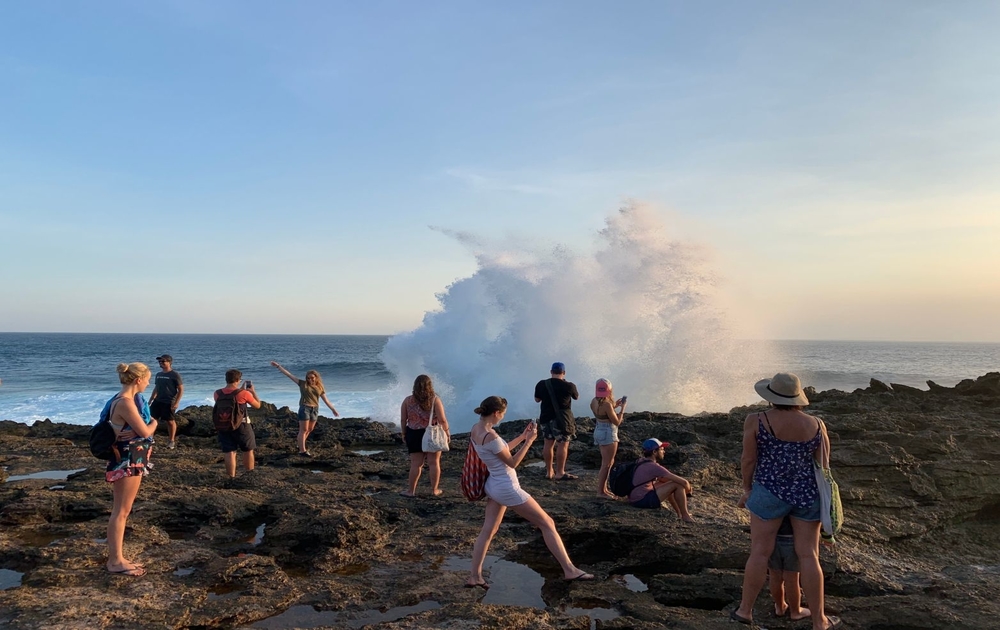Eka used the last of the life preservers more than two months ago.
The 42-year-old food stall operator was down to the last of the half-dozen vests and buoys local authorities had entrusted her with when Li Huiling, 38, was swept from the picturesque cliff known as the Devil’s Tear in August.
“I was here when it happened, and a tour guide came asking for a lifebuoy, so I gave it to him and we ran to the spot, but the [victim’s lifeless body] was already floating by the time we got there,” Eka said.
A similar incident involving another Chinese tourist only days earlier had a happier ending, though Eka has no illusions that was anything but luck.
There are no police permanently stationed at Devil’s Tear, no lifeguard – and until a few weeks ago, not even a railing.
In less than two years, at least seven people have been swept from the scenic cliffside – three died.
Life on the edge
Facing the Indian Ocean from an outcropping on Nusa Lembongan – a small island off Bali’s southeast coast – the Devil’s Tear is an understandable magnet for tourists.
As waves smash into the rocks below, a blast of spray shoots skyward, creating the Instagram-ready mist of “tears” from which it gets its name.
It’s a spectacular backdrop for selfies, but one that carries inherent risk, said local tour guide Ketut Switra.
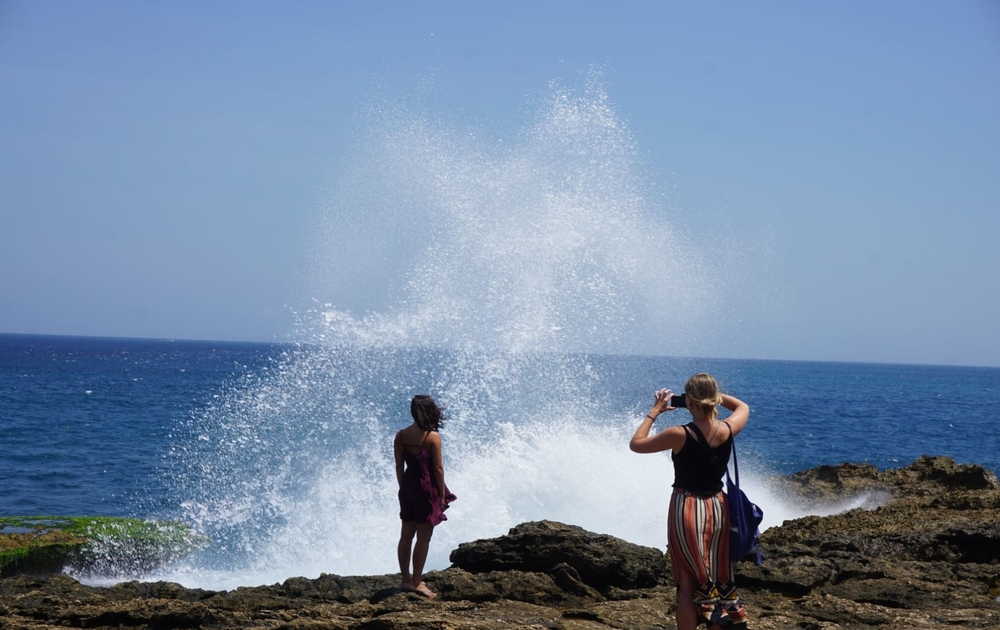
“We always tell the tourists: ‘don’t take photos too close to the edge’,” Switra told Coconuts Bali during a recent visit.
“That victim from the other day [Li], the accident happened because she wanted to take a nice selfie.”
She’s hardly alone. Visiting the cliffs on a September afternoon, Coconuts Bali watched as a steady trickle of tourists consistently inched themselves toward the edge in their bid for a perfect shot.
Of the roughly 50 people we saw on the cliff face, a solid half dozen were knocked to their knees by the blast of water from behind. The worst injuries, thankfully, were skinned knees and bruised egos.
Aditya Kaushal wasn’t so lucky.
The 23-year-old, a designer for Microsoft India, was swept from the edge of Devil’s Tear and into the churning sea below by a massive wave on May 7.
Police say Aditya and a friend were taking selfies when the wave hit. His father balks at that description, insisting his son had no fondness for the trend, though it hardly matters now.
Five months later, Avtar Singh Kaushal just wants to find his son’s body – and perhaps understand why more vigorous safety measures weren’t in place.
“The rescue started very late,” Kaushal insisted in a phone interview from India. “The person reported the matter to the rescue team around, maybe after 11 or 11:30am, and the rescue started at 1:30pm.”
He believes that Aditya had been fit and healthy enough to fight the currents – at least for a time.
“It is not possible that he didn’t try… He’s such a fighter. The rescue did not start on time,” Kaushal said.
Avtar and his wife, Shailja, have publicly expressed disappointment with how authorities have handled the case, twice trekking to Nusa Lembongan to put up posters alerting people to their missing son. A reward of IDR44 million (about US$3,138) is being offered for helpful information.
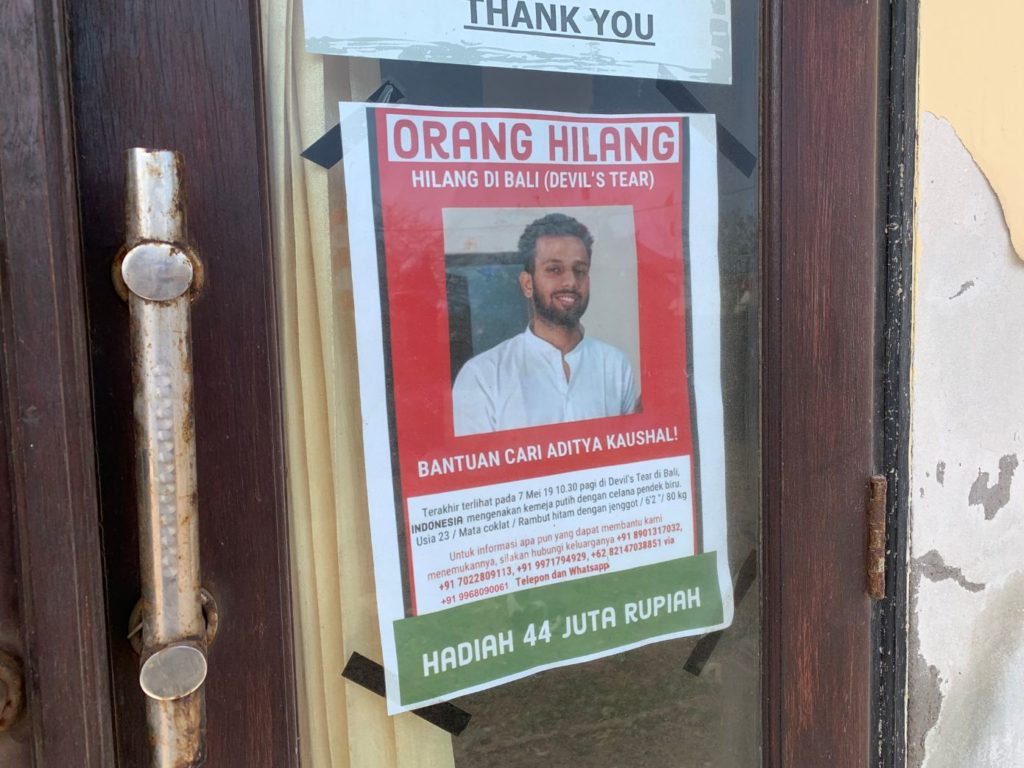
“Myself and my wife, we have to find our son. We will not agree to this until [our] last day. Either we find him, or we find his body. We should find [something],” Kaushal said. “It is impossible to stay with an open case throughout [our] lives.”
I Komang Reka Sanjaya, the Nusa Penida sub-district police chief, rejected the notion that authorities did not provide a timely response, saying that an officer immediately headed to the location upon receiving a report from local residents. However, he conceded there are people who have never been found because the waters are simply too difficult to navigate.
“There are a number of victims who we have yet to locate to this day, because the situation out there is difficult; the waves and current can be very strong,” he said, pointing out that police make regular patrols to the area and have long fought an uphill battle with selfie-mad tourists.
“Some tourists are difficult; they don’t pay attention to their safety for the sake of capturing the moment,” he said.
‘It happens’
Anecdotal evidence suggests the police chief is right. Few tourists Coconuts Bali spoke to at the site last month saw any need for railings to be installed, arguing that their presence would put the site’s natural beauty at risk.
“I think because it’s open, it might be a little dangerous. But on the other hand, if you put like, some fence or something, you might lose a little bit of what’s here – the view,” Juliana Rodrigues, a tourist from Brazil told us. “[People] just need to be a little careful.”
“It’s better to leave nature as it is,” agreed Canadian Ryan Carlton. “You don’t… tell people to stop driving cars because more people die in [car accidents] than from falling here or getting swept away. It happens.”
Australian diving instructor Jake Davison actually saw it happen. Up close. It’s an experience that has shaped a sharply divergent opinion from many we spoke with.
Davison was visiting Devil’s Tear as a tourist in March 2018 when three men, two Chinese nationals and an Indonesian, were knocked from the edge and into the water. Davison quickly plunged in after them.
In a harrowing video that quickly went viral, the Australian can be seen fighting to pull the Indonesian to safety, even as waves continuously knock them off and away from the rocky perch where they sought safety.

Through a combination of swimming skill and luck, Davison eventually managed to push through the waves and pull the man to safety.
“It’s so dangerous, and to stand so close to the cliff for a selfie, it isn’t worth your life,” he told Coconuts Bali at the time, blaming the repeated incidents on a lack of respect for the ocean’s power.
Safety last
Ultimately, a decision last month to finally install a railing came down not to an outcry from tourists, concerned local residents, or tour guides, but to a meeting with the Chinese government.
Their interest in the Devil’s Tear is well-earned. Large tour groups from China — Bali’s top supplier of vacationers — have frequented the site for years now, many determined to take selfies.
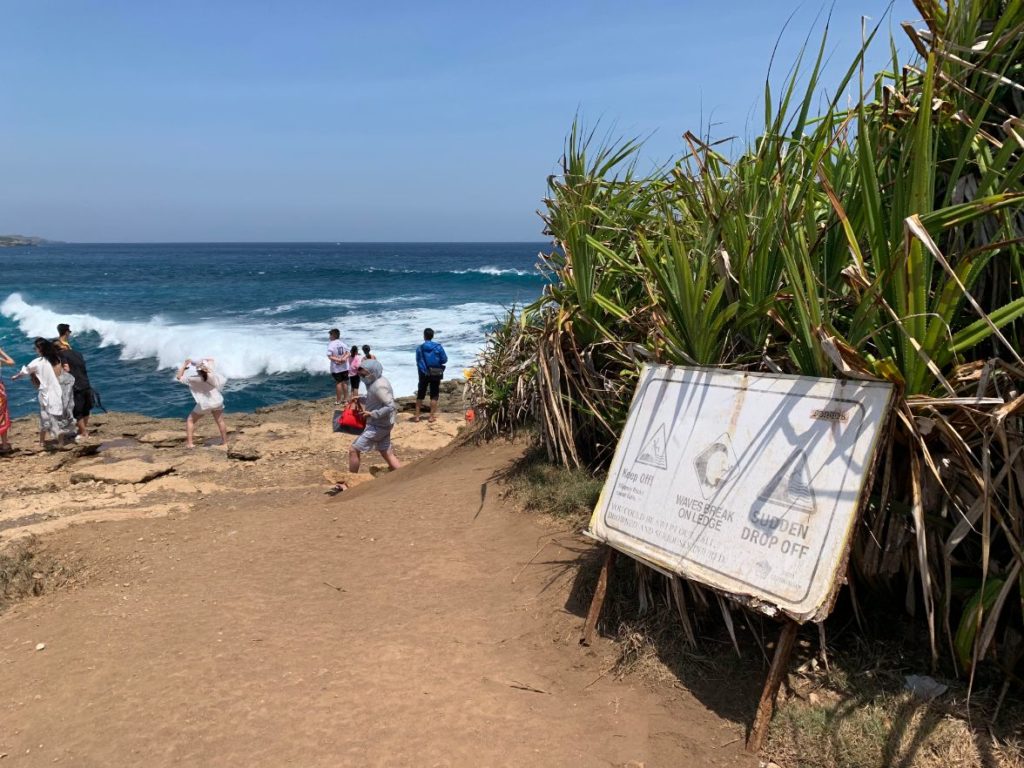
“[Some] tourists from China are more stubborn,” said Switra, the tour guide. “I’ve been coming here for four years, so I’m familiar with their character. They are hard-headed. The more you forbid them, the more curious they are.”
Indeed, almost every reported incident in the past two years – six of the seven — has involved a Chinese national.
Spurred by the mounting incidents, a meeting between Gou Haodong, China’s Consul-General in Denpasar, and the Bali arm of the Indonesian Association of Tours and Travel (ASITA) took place in September, ASITA Bali chairman I Ketut Ardana told Coconuts.
It concluded with a pledge by ASITA to stop selling Devil’s Tear package tours to Chinese tourists – at least until railings were put up.
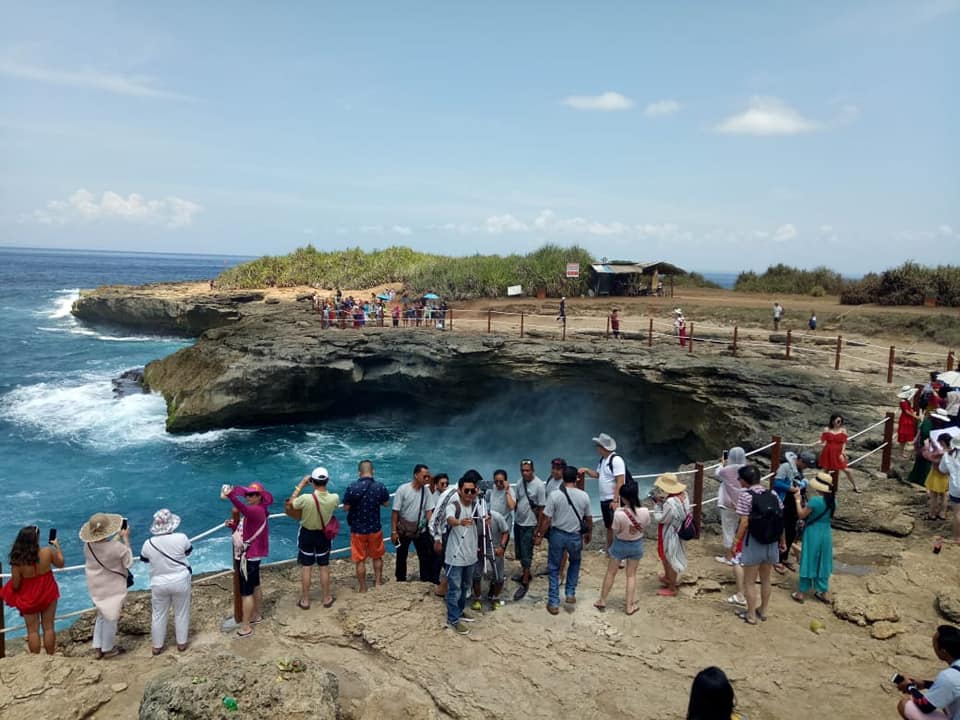
Three weeks later, the workmen materialized.
So far, railings have been placed along the Devil’s Tear cove, while more are expected to be situated along the cliffs beyond the cove in the coming weeks.
Reached yesterday, a circumspect Avtar Singh Kaushal seemed to harbor no bitterness on hearing the news, despite the fact the railings came too late to save his son.
“It’s a wonderful job,” he said, before again offering up his own resources to prevent another death like Aditya’s.
“Any help from my end if required for safety.”
